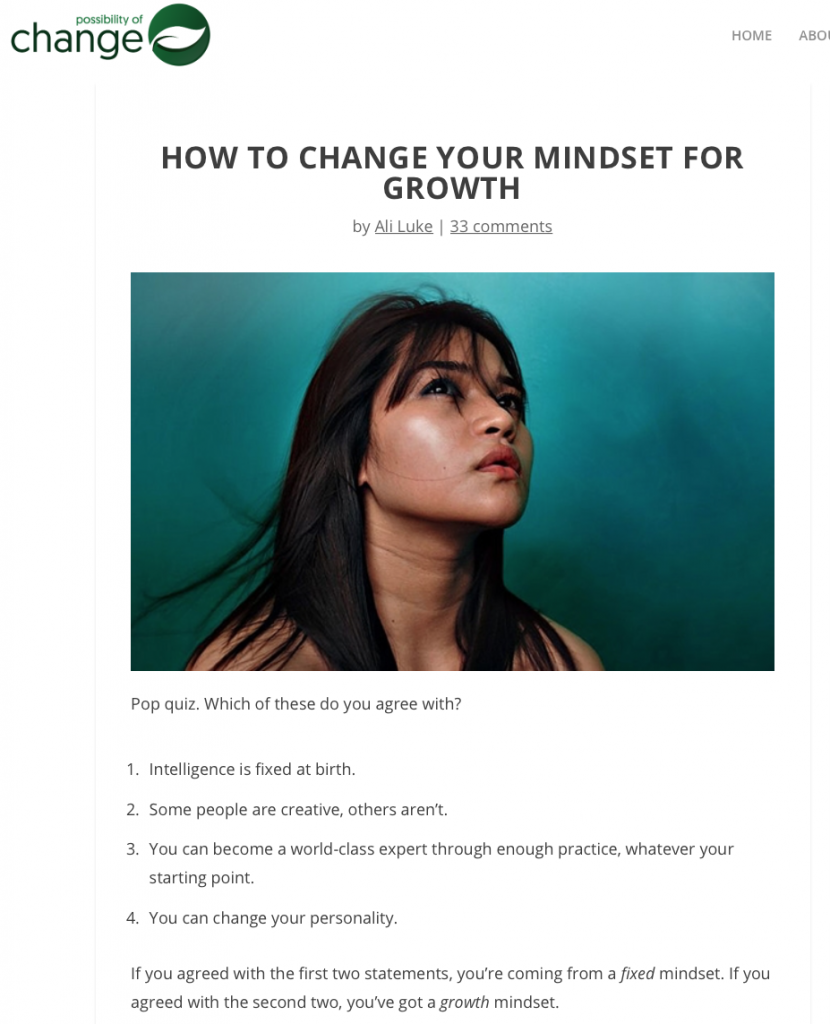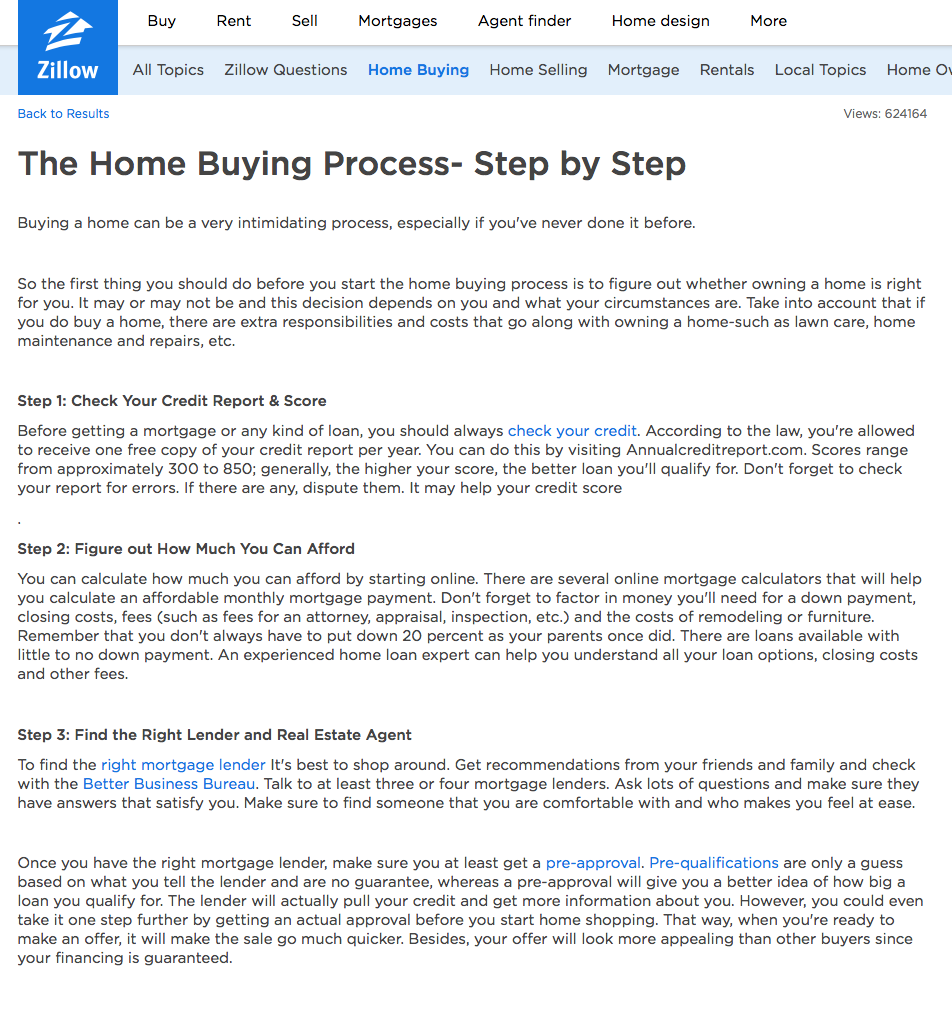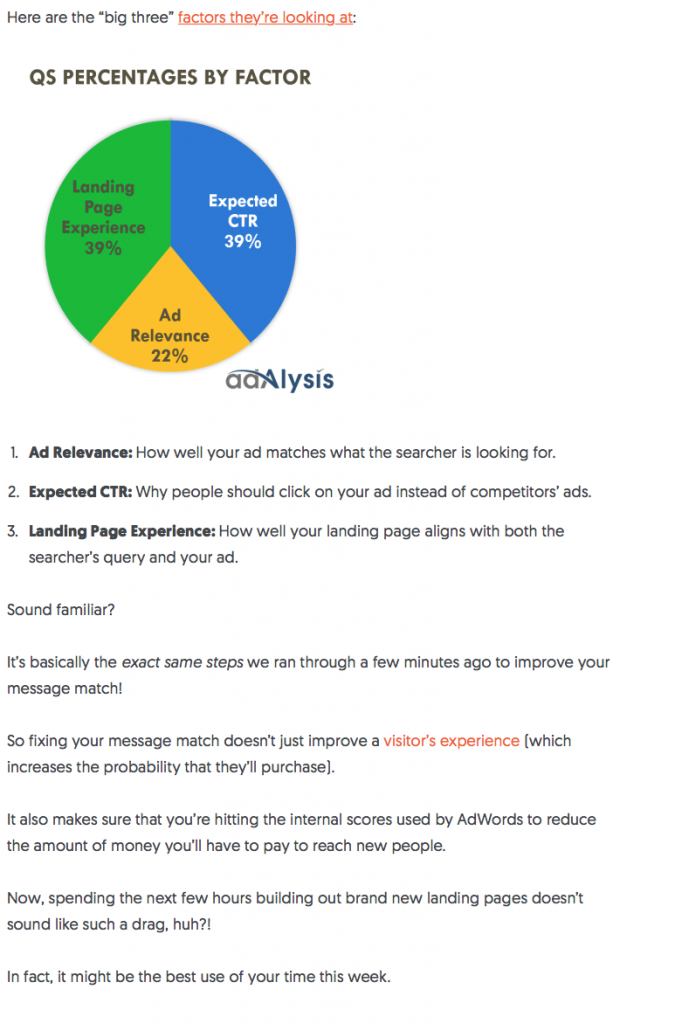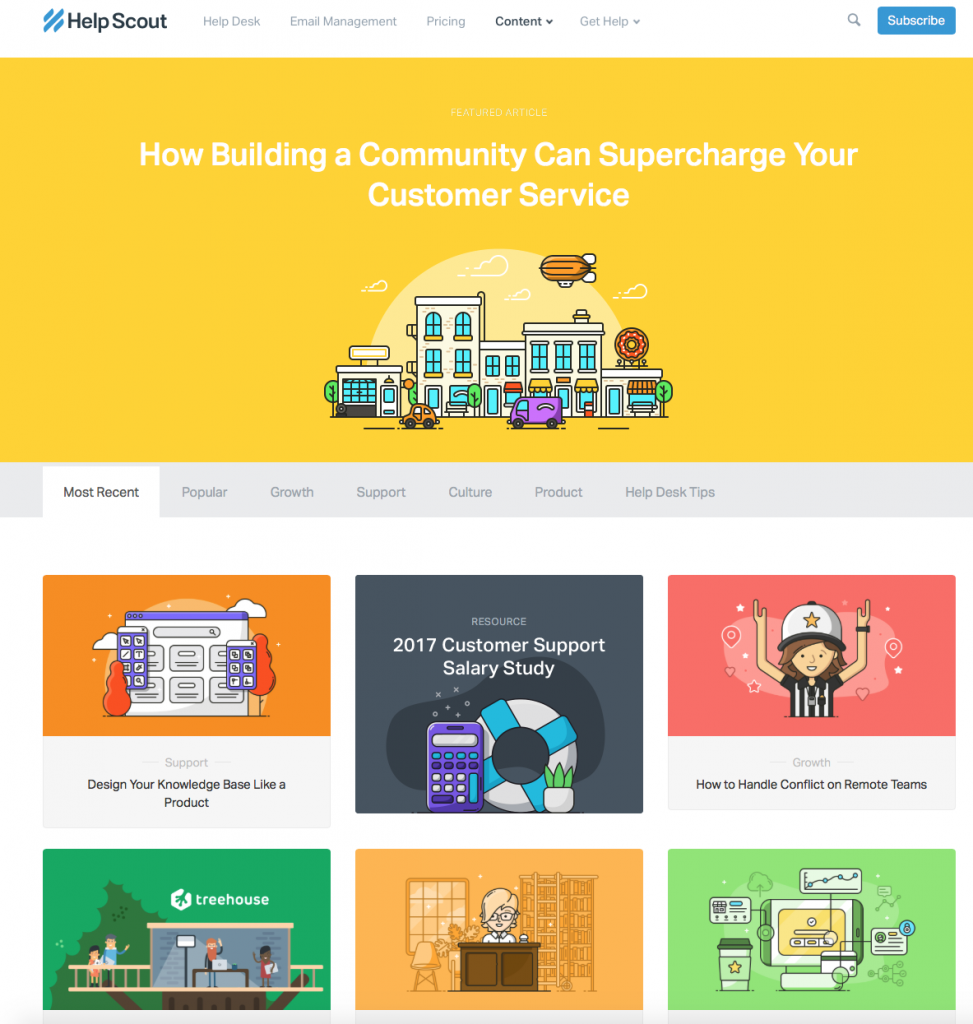
Are you making it easy for your blog visitors and readers to stick around and enjoy the content you’ve worked so hard to create? The substance of your content is one thing, but is your blog engaging, visually pleasing, and readable?
If you suffer from high bounce rates, low click-through rates, and a lack of repeat traffic, then you probably need to pay more attention to your blog’s readability.
Readability refers to the ease at which people are able to consume and understand written text, visuals, and other components you’re trying to convey. It’s not the same thing as legibility. In order for something to have high readability, it should be easy and effortless for the reader to consume and comprehend the content. Readability is often a concern in blogging.
Here are some ways to improve your blog’s readability:
1. Nail the Intro
You only have a matter of seconds to capture a reader’s attention. Blow this chance, and they’ll hit the back button faster than you can blink. You may have a careful plan for gradually laying out your points and then bringing everything together with a killer conclusion. Unfortunately, most readers won’t stick with you that long. Grab their attention within the first paragraph and get straight to your main points. Otherwise, you don’t stand a chance.
In this example, blogger Ali Luke does a phenomenal job of drawing in readers by asking a question and directly engaging the audience. This is one popular method for quickly grabbing attention.

2. Tighten Up Your Copy
“Like sneaky calories, many unwanted words and phrases find their way into our writing unnoticed and bog it down,” copywriter C.S. Lakin explains. “The goal should be to write in a concise fashion so that our meaning is clearly understood.”
Your blog’s copy should be characterized by words like “tight” and “crisp,” not “loose” and “fluffy.” Tight copy uses succinct sentences, clear and short paragraphs, and simple words. Save those long sentences, dense paragraphs, and difficult words for a thesis paper or case study. Your readers will thank you.
This example from Zillow may not be the most entertaining article, but it’s definitely easy to read and cuts out the fluff. Notice how brief the introduction is and how it immediately dives in to practical tips. Listicles like this are great for tightening up your copy.

3. Break Things Up
Nobody wants to read a 200-word paragraph. In fact, most online users are intimidated by large chunks of text. Research shows that reading from a screen takes 25% more time than reading on paper. Our brains recognize this and are turned off when we see lots of words.
It’s okay to have long blog posts — in fact, some of today’s most successful posts are 3,000, 5,000, or even 7,000 words in length — but give your readers some breathing room. Separate paragraphs, use subheadings, and implement visuals and block quotes to break things up.
Internet marketer Neil Patel is the king of writing long blog posts. But he’s also good at keeping his readers engaged. Study his blog posts and you’ll notice that he frequently uses images, graphs, charts, subheadings, bolded text, and lists to improve the readability of his content.

4. Choose a Minimalist Design
You want your readers to be focused on your content. As such, your blog’s layout and design should direct your visitors to the content, not steal the spotlight. Choose a minimalist design and stick with a neutral color scheme.
If you’re going to use bright colors, make sure you know how. The HelpScout blog is one example of a blog that uses an infusion of bright colors, while still maintaining a very simplistic layout and design.

5. Use Tools
Improving an existing blog’s readability can seem like a major challenge, but you don’t have to tackle this issue on your own. There are a number of tools and resources online, many of which are free, that are specifically designed to enhance readability. Check out a few of the top ones here.
Show Your Blog Some Love
Many businesses and online marketers don’t take their blogs seriously. They simply choose a basic template, paste in content, and click publish.
Unfortunately, today’s online users expect more from the blogs they interact with. They want pleasing experiences that satisfy them on multiple fronts.
It’s time to give your blog the attention it deserves and begin improving readability today. Your customers will be happier and your bottom line will reflect this positive change in sentiment.

